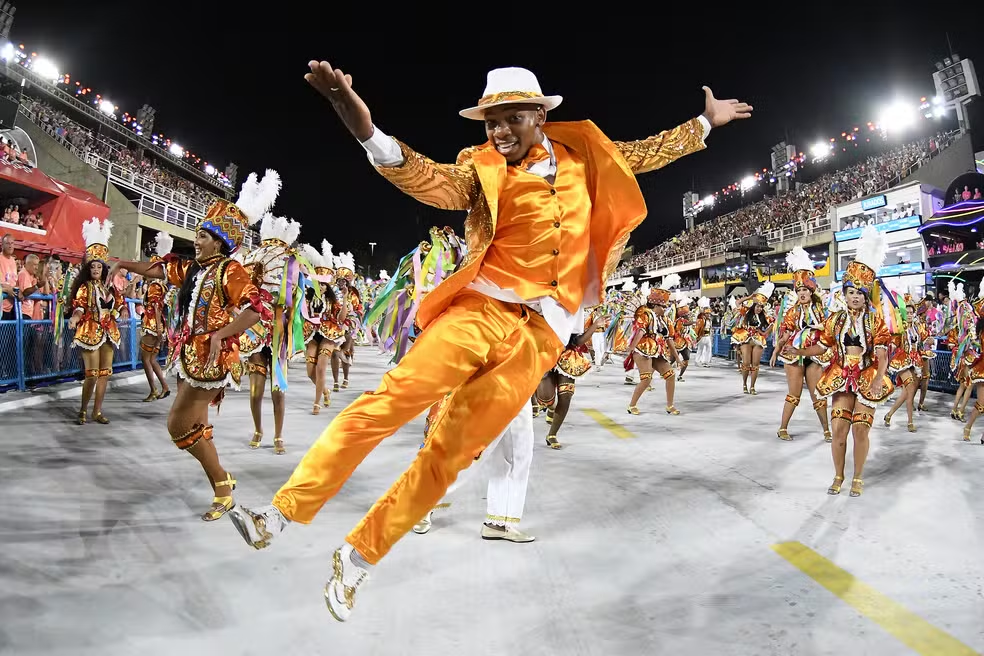Rio de Janeiro Carnival: A Celebration of Colors, Rhythms and Culture”
Origin and History
Rio de Janeiro Carnival dates back to the 18th century, influenced by European carnival celebrations brought by Portuguese colonizers. It evolved over the centuries, incorporating African and indigenous elements, becoming one of the largest and most famous carnivals in the world.{video:https://rjwonderfulcity.com/wp-content/uploads/2024/06/carnival-1.mp4}
Samba School Parade
The highlight of Rio’s Carnival are the samba school parades in Marquês de Sapucaí. Schools compete in different categories, such as Special Group and Series A, featuring elaborate plots, lavish costumes, and breathtaking musical and dance performances.{video:https://rjwonderfulcity.com/wp-content/uploads/2024/06/carnival-2.mp4}
Sambadrome
Opened in 1984, the Sambadrome is the stadium designed specifically for Carnival parades. It has a unique architectural structure, with the capacity to accommodate thousands of spectators who watch the samba school parades.{video:https://rjwonderfulcity.com/wp-content/uploads/2024/06/carnival-3.mp4}
Street Blocks
In addition to the parades at the Sambadrome, Rio Carnival is also known for its street blocks. There are hundreds of blocks spread across the city, bringing together crowds of revelers who sing, dance and have fun to the sound of different musical styles, such as samba, funk and marchinhas.{video:https://rjwonderfulcity.com/wp-content/uploads/2024/06/carnival-4.mp4}
Costumes and Props
Costumes and Props: Rio Carnival is famous for the extravagant costumes and creative props used by revelers and samba schools. Costumes are meticulously crafted and often reflect school plots or current and social themes.{video:https://rjwonderfulcity.com/wp-content/uploads/2024/06/carnival-5.mp4}



